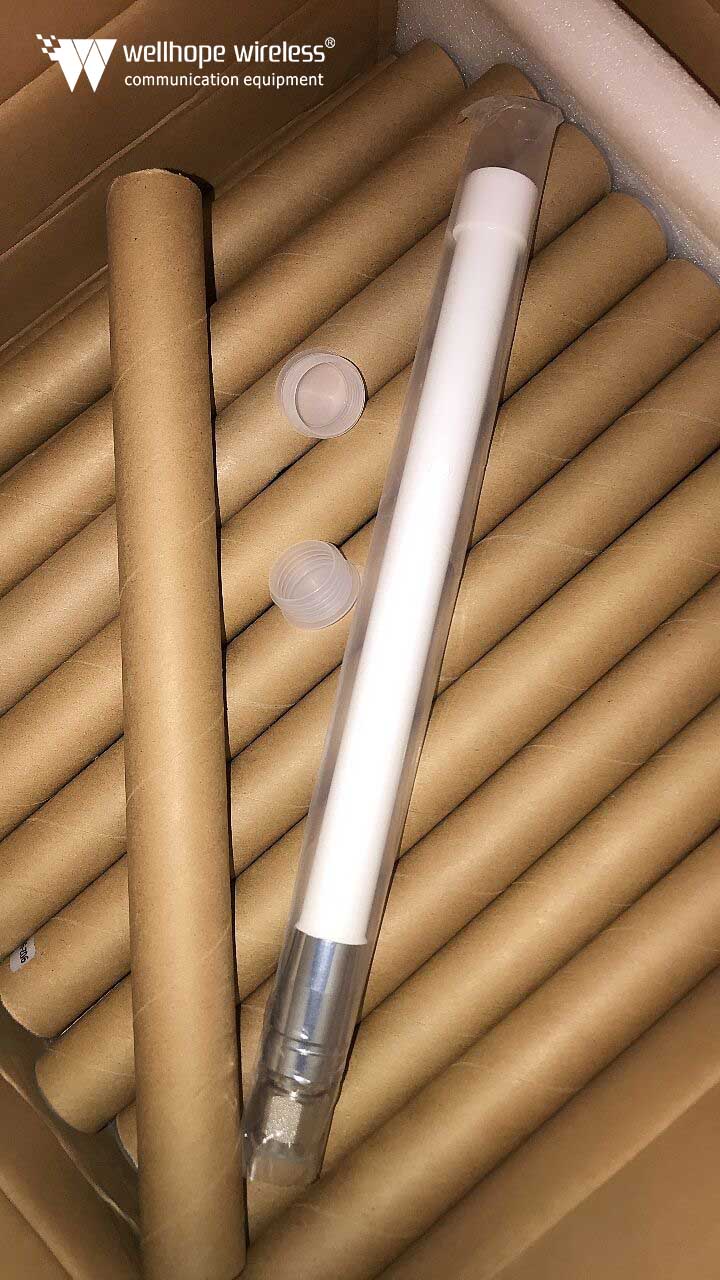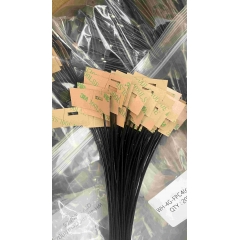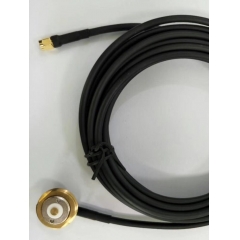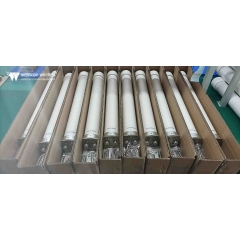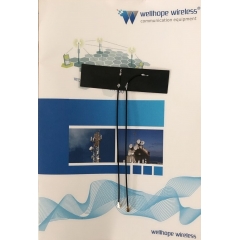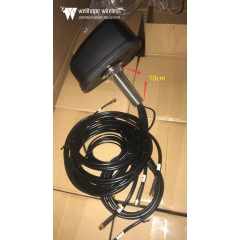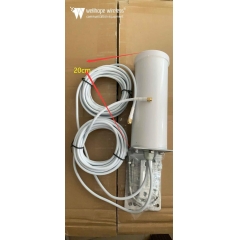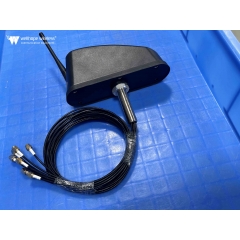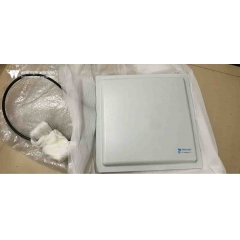Millimeter wave shielding test solution to help 5G millimeter wave communication
Estimated 8 minute to finish reading
The development of 5G technology has been extremely rapid in recent years, and it features high speed, low latency and large connectivity. The current 5G solutions are divided into millimeter wave and Sub-6GHz, except for Sub-6GHz which is now developing at a rapid pace, the progress of millimeter wave is also changing day by day. Millimeter wave, as the name suggests, is an electromagnetic wave with a wavelength between 1-10mm, and now it is no longer just at the research level, but is rapidly entering the commercial level and gradually covering the living periphery.
With the popularity of 5G cell phones, we will find that the Sub6 crowded channel environment can no longer meet the user demand for high data volume and high speed, so the major cell phone manufacturers are gradually looking at millimeter wave. It can be said that millimeter wave is the direction of the next generation of cell phones, so as to meet the general public in the streaming media era for the increasingly high data transmission rate requirements.
However, there are still some problems with the rapidly developing new 5G standard, millimeter wave is too "fragile" compared to Sub6, so it is easy to be blocked by the body, walls, clothes and even phone cases.
Nowadays, there are more and more materials and styles of cell phone cases with the needs of the public, metal cases look beautiful, feel and heat dissipation, drop resistance, but easy to signal shielding problems, and with the widespread use of 5G, wireless charging and other new wireless transmission methods, this will become an urgent problem, the application of silicone, plastic, leather and other materials are gradually hot up. So how will these different material cases affect the phone's millimeter wave antenna?
How to evaluate and select a suitable material for a 5G millimeter wave cell phone when it needs to be equipped with a cell phone case, which is an inevitable problem for cell phone design manufacturers, how to quickly and easily realize the barrier analysis of the material in the early stage, and how to efficiently and economically conduct sampling and verification in the production line? What means are available to analyze the millimeter wave blocking performance of various materials?
Rokas milimetru viļņu barjeras testa risinājums var pabeigt barjeras materiālu pārbaudi jebkurā laikā un vietā, un to var pielāgot atbilstoši pieprasījumam, ievērojami samazinot laiku, kas nepieciešams iepriekšējai materiāla pārbaudei, apvienojumā ar pašas ierīces uzglabāšanas ietilpību, tikai viens tests , viens eksports, var tieši realizēt vairāku materiālu analīzi un salīdzināšanu, vienlaikus nodrošinot rezultātu precizitāti, var ievērojami ietaupīt inženiera laiku. Tas var ietaupīt inženieru laiku, vienlaikus nodrošinot precīzus rezultātus. Turklāt tas nodrošina modulāru milimetru viļņu barjeras mērīšanas risinājumu ražošanas līniju testēšanai, kas ļauj efektīvi un ekonomiski pārbaudīt vairākus paraugus un salīdzināt ar projektēšanas apstākļiem, tādējādi pārbaudot produkcijas ražošanas kvalitāti un ģenerējot savlaicīgas atskaites.
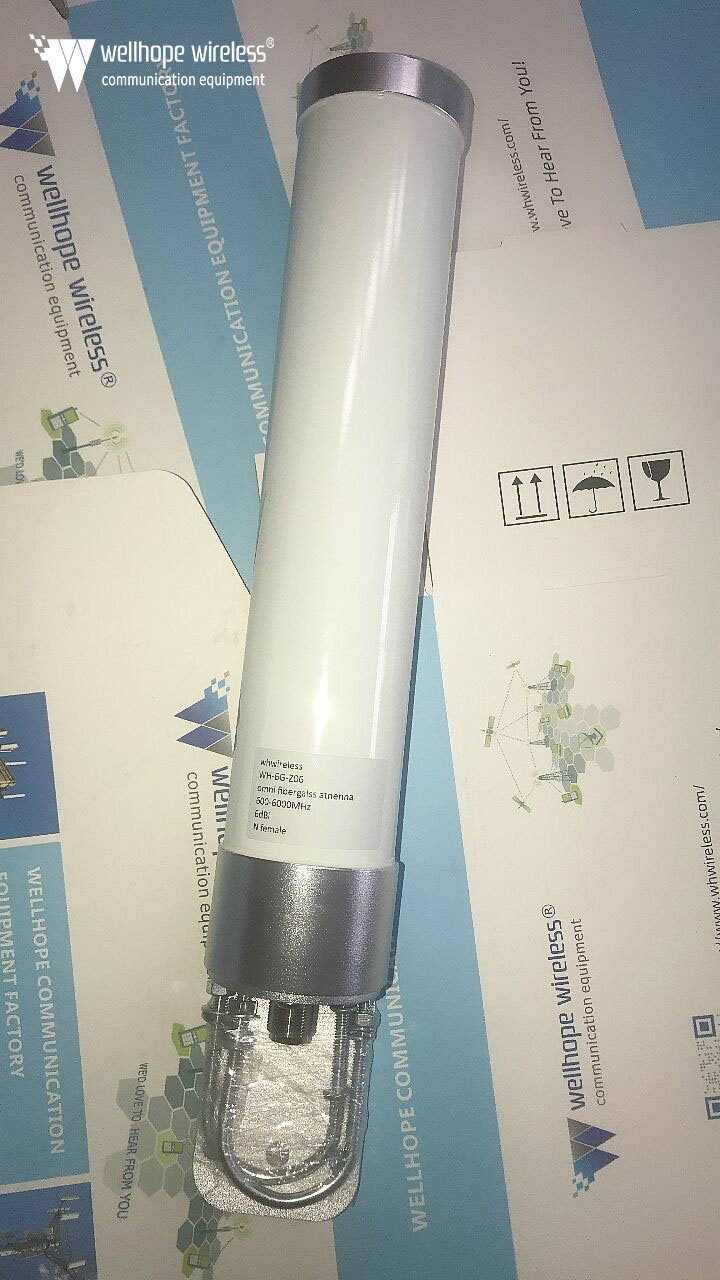
Visā testa procesā tiek izmantots formāts "saņemt un pārraidīt", kur rokas signālu ģeneratoru vai mini signālu ģeneratoru var izmantot, lai pārraidītu noteiktu frekvenci, īpašu jaudas signālu, izmantojot virziena antenas ierobežojumu noteiktā virzienā, caur objektu uz jāmēra reāllaika spektrometra vai Hongke rokas spektrometra otrā pusē, lai uztvertu signālu un saņemtu atgriezenisko saiti ar šo frekvenci. Un saņemtās atsauksmes par signāla jaudas lieluma frekvenci, lai izmērītais vājinājuma efekts reaģētu uz materiāla barjeru un maskēšanas spēju.


















 5g tīkla antena
5g tīkla antena
